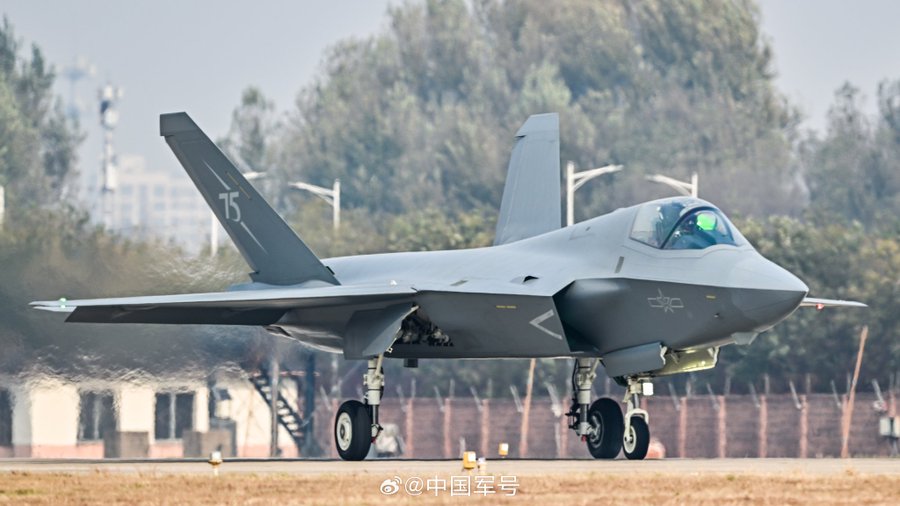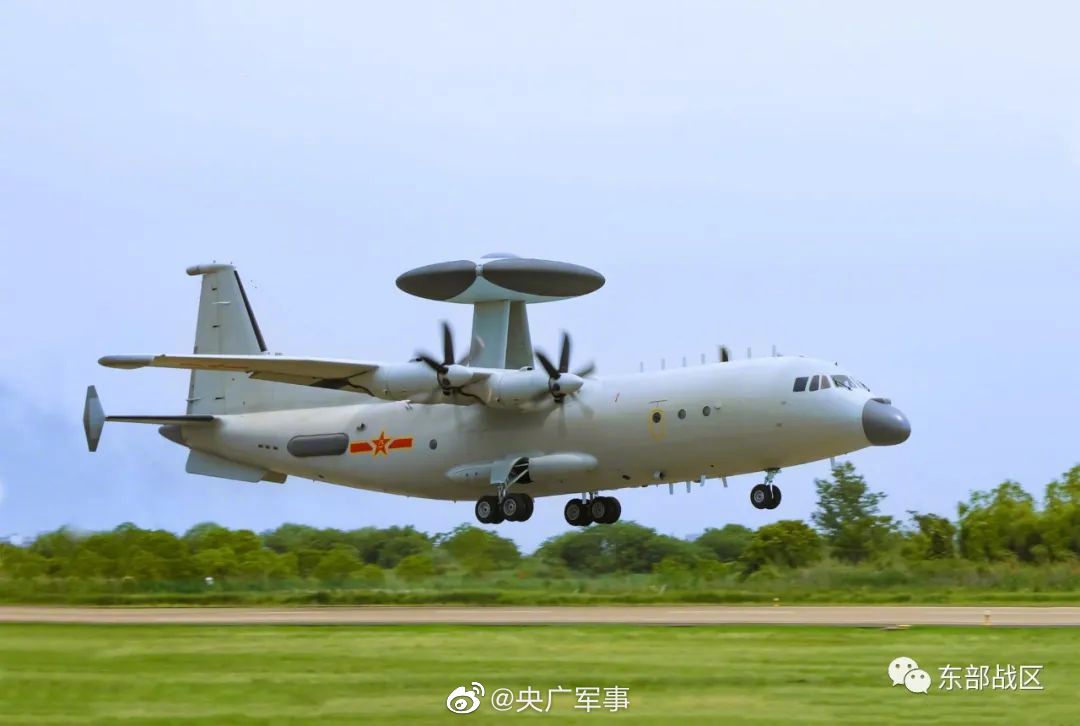J-35A Set to Dominate Skies with Kill Chain Synergy—Pakistan Gears Up for Fifth-Gen Edge Over India
The announcement, made through China Daily recently and attributed to Wang Yongqing, a leading aircraft designer at the state-run Aviation Industry Corporation of China (AVIC), emphasized that the J-35A is optimized to intercept stealth aircraft and low-observable cruise missiles—both considered among the most challenging threats to modern integrated air defence systems.
(DEFENCE SECURITY ASIA) — In a bold stride toward redefining its military doctrine, China has officially positioned the J-35A fifth-generation stealth fighter as a central node in its expanding kill chain architecture—an advanced warfighting concept that integrates detection, decision, and destruction processes into a seamless, real-time combat loop.
The announcement, made through China Daily recently and attributed to Wang Yongqing, a leading aircraft designer at the state-run Aviation Industry Corporation of China (AVIC), emphasized that the J-35A is optimized to intercept stealth aircraft and low-observable cruise missiles—both considered among the most challenging threats to modern integrated air defence systems.
According to Wang, “The J-35A can lock onto targets, share target data with other weapon systems like surface-to-air missiles, and even guide those weapons using its own radar,” showcasing its utility as both a stealth hunter and a force multiplier across air, land, and maritime domains.
This evolution signals a dramatic shift in how the People’s Liberation Army Air Force (PLAAF) intends to conduct operations in contested environments, with the J-35A not simply replacing older platforms but reengineering the entire structure of Chinese air defence kill chains.
The kill chain concept involves multiple steps—“find, fix, track, target, engage, assess”—and the J-35A serves as an enabler across all these phases through sensor fusion, low observability, long-range targeting, and networked communications with airborne and ground-based assets.
Wang’s assertion that the J-35A will serve as the “backbone” of China’s future fighter fleet—rather than a primarily export-oriented platform—reflects the seriousness with which Beijing views the platform as a cornerstone of its future deterrence and warfighting capabilities.
However, in a significant geopolitical twist that elevates the strategic calculus beyond China’s own air defence needs, Pakistan has reportedly signed a deal to acquire 40 J-35A fighters, with deliveries expected to begin “in a few months”.
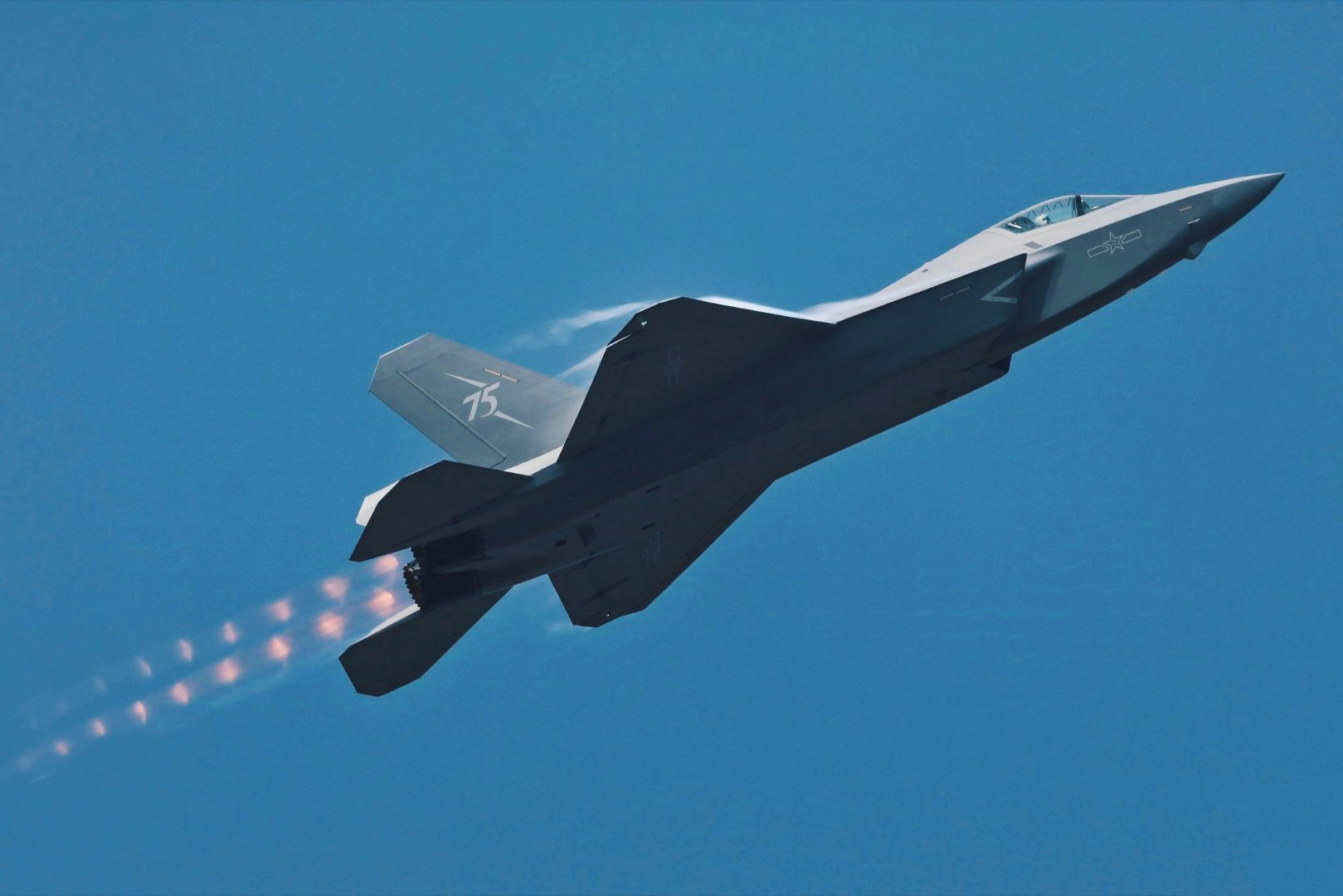
This acquisition—is poised to transform Pakistan’s ability to construct its own integrated kill chain architecture, greatly enhancing its capacity to counter India’s aerial superiority.
By pairing the stealthy J-35A with its growing fleet airborne early warning and control (AEW&C) aircraft, YLC-8B anti-stealth radars, and long-range PL-15E missiles, Pakistan aims to develop a distributed, survivable, and responsive kill web across the subcontinent’s western theatre.
The move marks Islamabad’s clearest signal yet that it intends to adopt Chinese-style network-centric warfare—leveraging multi-platform coordination to detect, track, and engage Indian Air Force (IAF) assets before they reach critical targets.
Recent skirmishes along the Line of Control and in the Pahalgam sector have already seen the Pakistan Air Force experiment with such architecture, reportedly using J-10C fighters and AEW&C platforms to relay real-time target information for beyond-visual-range missile engagements—showcasing a prototype version of its emerging kill chain doctrine.
Recently, Michael Dahm, a senior fellow at the Mitchell Institute for Aerospace Studies, noted in an interview with Air & Space Forces Magazine that Pakistan’s operational ability to establish a coherent “kill chain” under combat conditions has emerged as a defining feature of its air warfare doctrine.
According to Dahm, “Pakistan is capable of integrating ground-based radars with fighter jets and airborne early warning aircraft,” a statement that underscores the growing operational sophistication of the Pakistan Air Force (PAF).
He added, “The Pakistani Air Force deployed… ‘A’ launched by ‘B’ and guided by ‘C’, hitting its intended target,” referencing a detailed May 12 report by China Space News, a publication closely affiliated with China’s defence-industrial complex.
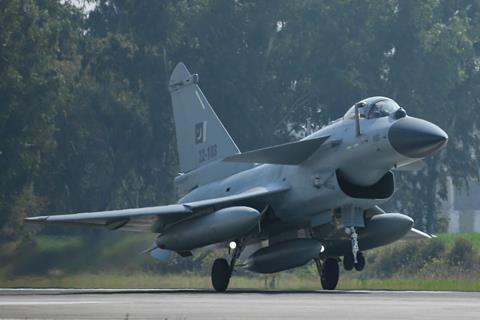
The success of this kill chain, Dahm explained, is less about platform-versus-platform comparisons and more about how well each element—from sensor to shooter—is fused into a networked, real-time engagement loop.
In modern high-velocity conflict environments, where milliseconds can determine mission success or failure, the concept of the kill chain—an end-to-end cycle of detection, identification, tracking, targeting, engagement, and battle damage assessment—has become the heartbeat of 21st-century military operations.
In the context of the Pakistan-India confrontation, Dahm believes the sequence likely began with a ground radar or air defence system detecting an Indian Air Force aircraft entering contested airspace.
The radar cue was then transmitted to a forward-operating J-10C, Pakistan’s newest 4.5-generation multirole fighter acquired from China, which promptly launched a long-range beyond-visual-range (BVR) missile toward the target.
Guidance during the missile’s midcourse phase was reportedly handled by an airborne early warning and control (AEW&C) platform—using encrypted datalinks to adjust missile trajectory for maximum probability of kill.
“It was a long-range, Beyond Visual Range shot, likely using the export variant PL-15E,” Dahm said, referring to one of China’s most formidable air-to-air missile systems, now fielded by both China and Pakistan.
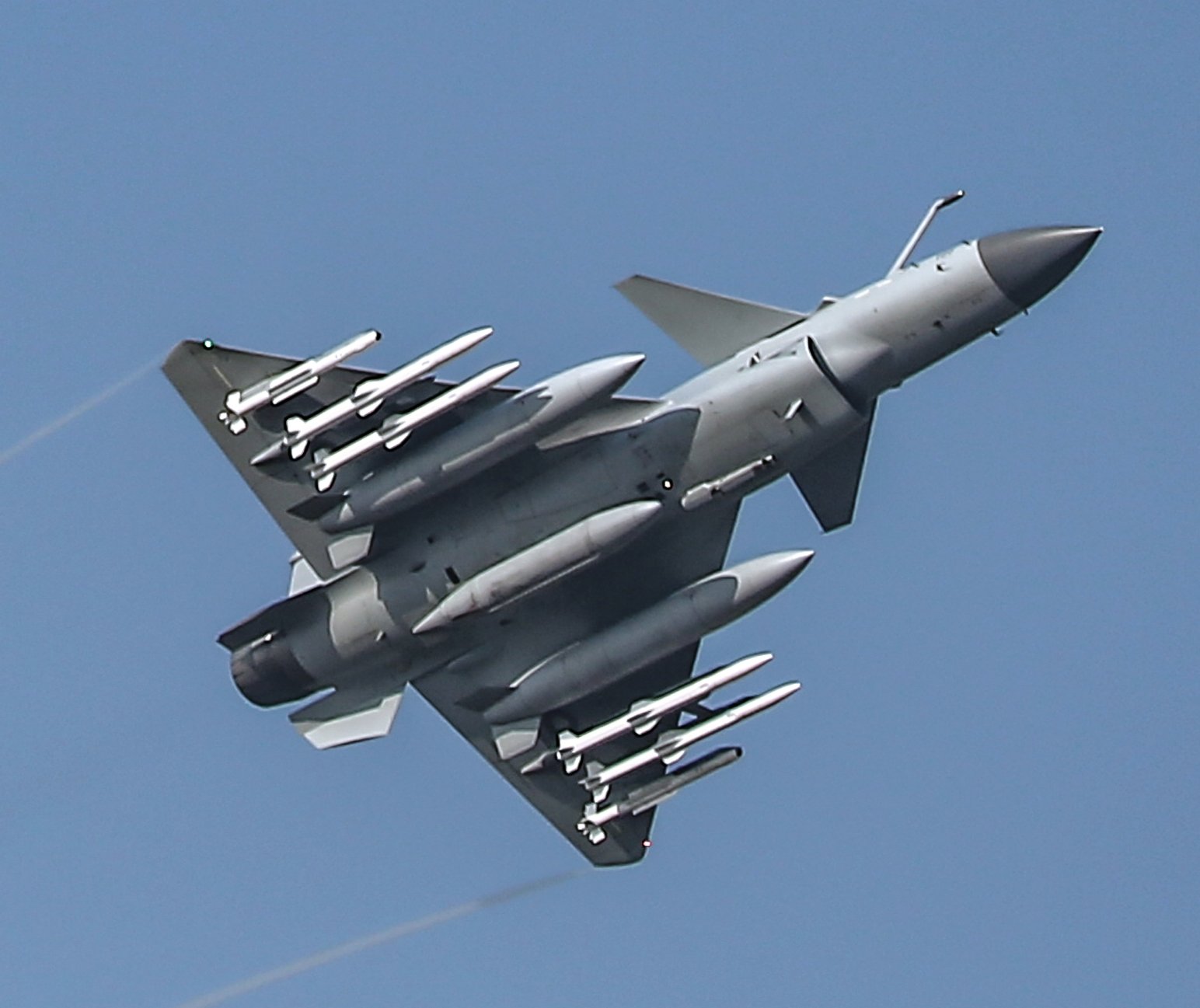
By fielding the J-35A, Pakistan would no longer need to rely solely on fourth-generation fighters for such roles.
Instead, the stealth platform will allow Pakistan to extend its radar horizon forward, penetrate contested Indian airspace, and link up with command-and-control assets to prosecute targets deep inside enemy territory without compromising survivability.
This development presents a serious challenge for the Indian Air Force, which currently operates Rafale multirole fighters and Su-30MKI air superiority aircraft but lacks a true fifth-generation platform in operational service.
India’s AMCA (Advanced Medium Combat Aircraft) program remains in development, and until then, New Delhi will have to rely on legacy fourth-generation-plus fighters—potentially leaving gaps in its own kill chain survivability and detection capacity, especially against low-observable intrusions.
If integrated successfully, the J-35A’s stealth characteristics, advanced active electronically scanned array (AESA) radar, data links, and internal weapons bay will grant Pakistan the ability to challenge India’s control of the air not just in border zones, but over critical strategic depth including Kashmir, Ladakh, and even forward-deployed naval platforms in the Arabian Sea.
Moreover, Wang’s comments that the J-35A is affordable and scalable suggest that Pakistan’s order of 40 units could potentially expand, especially if local assembly or joint servicing options are introduced, much like the JF-17 program.
